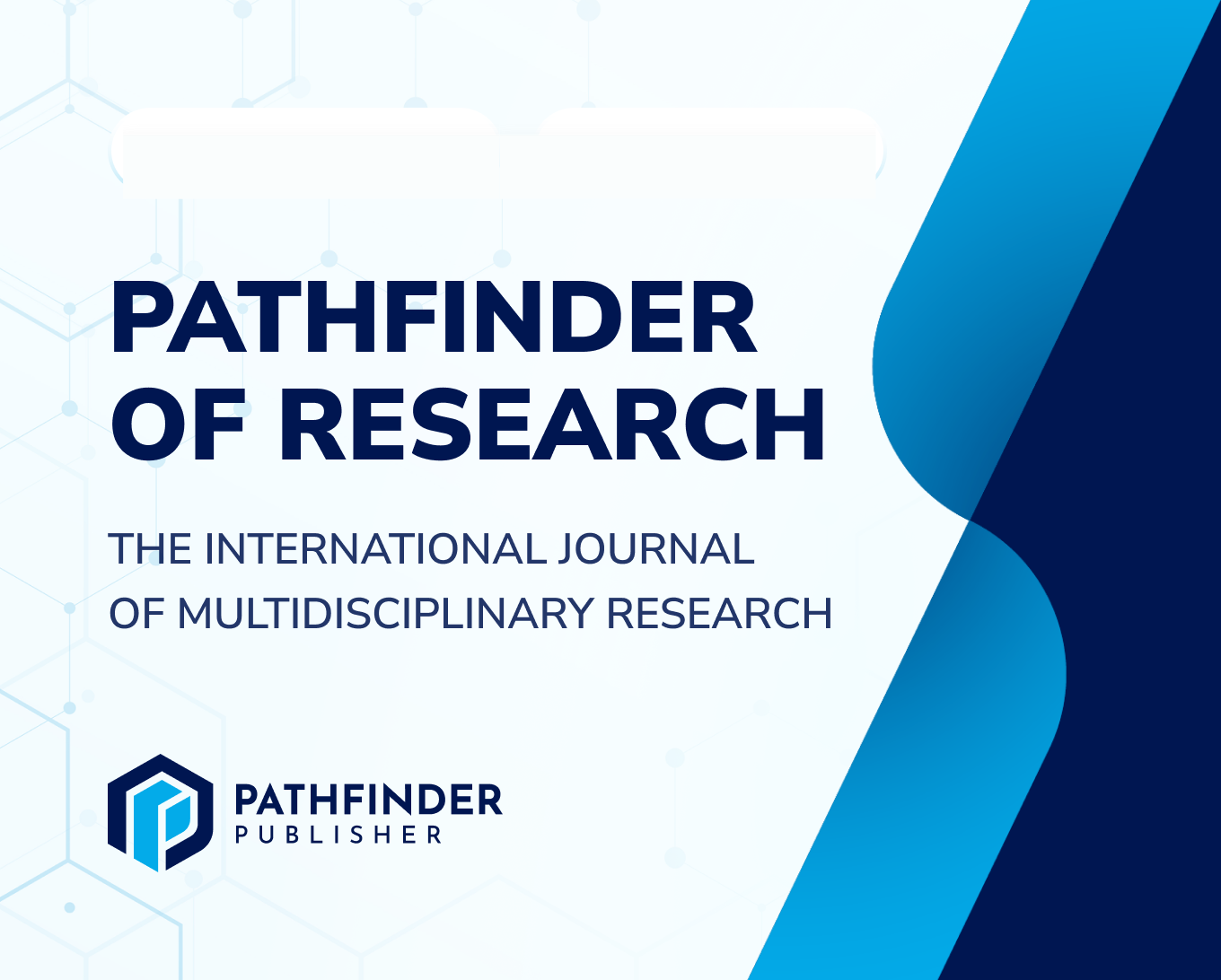Advancing Fish Farming Through Deep Learning: Applications, Opportunities, Challenges, and Future Directions
DOI:
https://doi.org/10.69937/pf.por.2.3.39Keywords:
Deep learning, Fish farming, Machine learning, Challenges, OpportunitiesAbstract
Deep learning (DL) has changed aquaculture by offering automated solutions for species identification, health assessment, biomass calculation, feeding optimization, and water quality forecasting. Conventional aquaculture encounters obstacles like ineffective resource management, disease epidemics, and environmental deterioration; nevertheless, deep learning applications provide intelligent decision-making skills that improve sustainability and economic feasibility. This study carefully looks at 41 peer-reviewed papers from 2015 to 2024 to find out how useful deep learning is in aquaculture. It focuses on main AI models such as convolutional neural networks (CNNs), recurrent neural networks (RNNs), and generative adversarial networks (GANs). The results indicate that AI-driven solutions boost fish health evaluations, optimize feeding strategies, and improve water quality monitoring, hence minimizing waste and augmenting production efficiency. Nonetheless, obstacles like substantial computing demands, dataset restrictions, and regulatory limits impede extensive implementation. Comparative assessments demonstrate that deep learning models surpass conventional aquaculture methods in precision and prediction efficacy. In the future, researchers should investigate new AI technologies like federated learning, edge computing, and AI-integrated robotics to make deep learning easier to use and more scalable for aquaculture applications. By surmounting these obstacles and utilizing advanced AI technology, aquaculture may evolve into a more sustainable, efficient, and intelligent sector.



